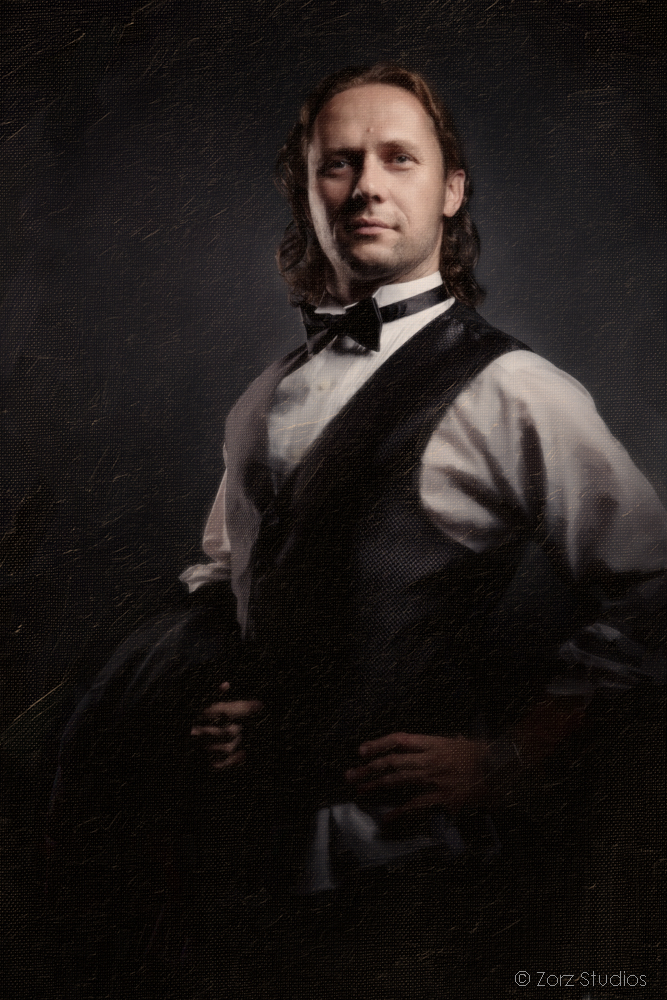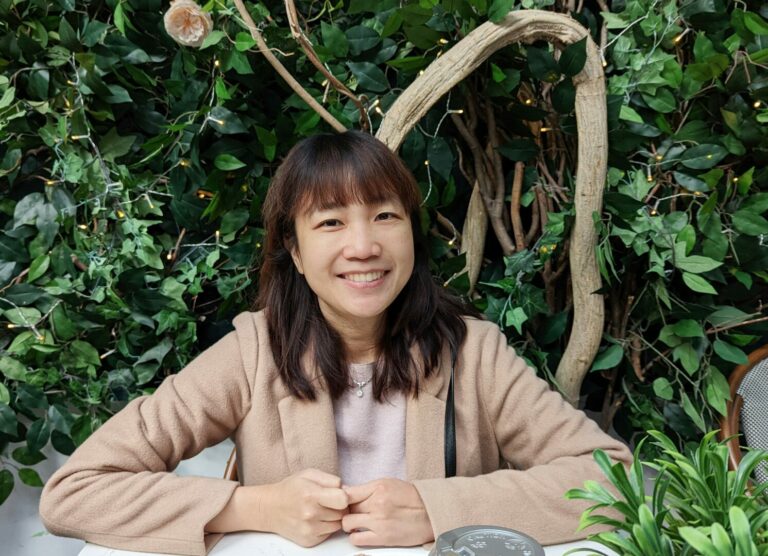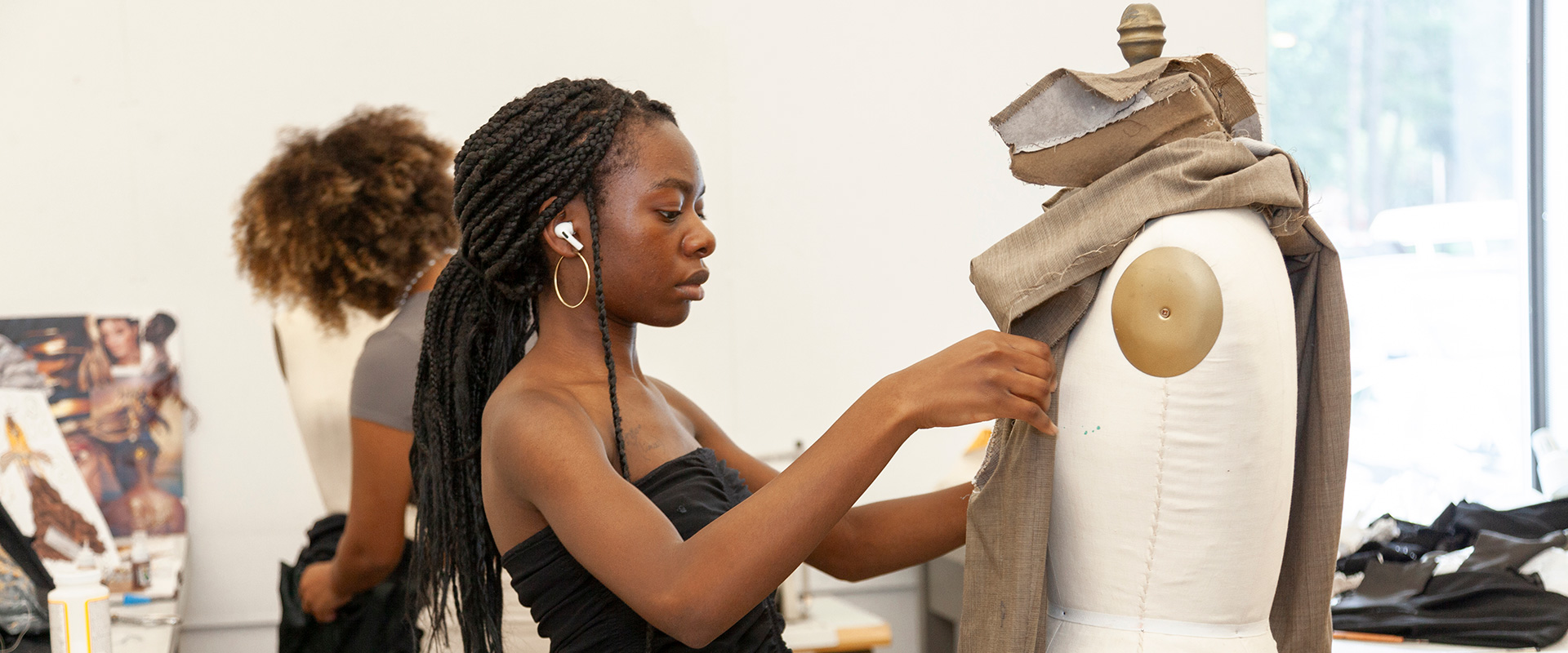Alright – so today we’ve got the honor of introducing you to Ed “Zorz” Hafizov. We think you’ll enjoy our conversation, we’ve shared it below.
Hi Ed “Zorz”, thank you for joining us today and sharing your experiences and acquired wisdom with us. Burnout is a huge topic these days and so we’d love to kick things off by discussing your thoughts on overcoming or avoiding burnout
Overcoming and avoiding burnout in a highly creative and demanding field like photography has been a continuous process, and my 18 years of experience have taught me that maintaining passion and balance requires a multifaceted approach. Here’s how I managed to navigate those challenges:
1. Diversifying my creative outlets
Early in my career, I leaned into my background in drawing and comics as a way to stay creatively engaged even when photography felt draining. Drawing allows me to slow down and revisit composition, line, and storytelling in a tactile way that photography doesn’t always permit. Comics, in particular, taught me how to think in sequences and visual narratives, which translated beautifully into my photography by helping me see every shoot as a complete story. When I felt stuck in one medium, I would pivot to another, rediscovering my creative flow and returning to photography with fresh perspective.
2. Setting creative boundaries within client work
One of the struggles photographers face is balancing personal artistic vision with client demands. Early on, I learned that saying “yes” to every project, especially ones I wasn’t passionate about, only led to exhaustion and a loss of joy in the craft. To counteract this, I became intentional about seeking out projects or clients whose values aligned with mine, or ones that allowed me creative freedom. Even when shooting more structured commercial work, I started carving out time during each shoot to experiment—be it with lighting, angles, or storytelling techniques. Those small, playful moments kept me connected to my passion.
3. Scheduling time for personal projects
Personal projects have been my lifeline. They let me explore ideas without external pressures or expectations. For example, I once undertook a black-and-white portrait series inspired directly by my love for old master paintings. Using dramatic lighting and chiaroscuro techniques (inspired by painters like Caravaggio and Rembrandt), I crafted images that felt timeless, and it reignited my appreciation for the interplay between light and shadow. Personal projects like this not only fed my creative soul but also gave me material to showcase my vision and stand out professionally.
4. Studying fine art and the old masters
My admiration for fine art and the old masters has been an endless source of inspiration. Their dedication to composition, light, and emotion constantly reminds me why I fell in love with visual storytelling in the first place. When I sensed burnout creeping in, I’d spend afternoons at art museums or poring through books on artists like Vermeer, Monet, or Degas. Analyzing their works helped me reconnect with the timeless principles of art and often sparked ideas for shoots, whether it was replicating painterly tones or exploring layered compositions.
5. Embracing downtime and creative play
Burnout often stems from the “always-on” mindset that is pervasive in creative professions. I’ve learned, sometimes the hard way, that creating space for rest is critical. When I take breaks, I spend time engaging in creative play that has no professional stakes. Whether doodling, experimenting with watercolors, or even tinkering with filmmaking apps for fun, these exercises free me from external expectations. They remind me why creativity is joyful and intrinsically valuable, even apart from work.
6. Building a supportive community
Photography can be solitary, so connecting with other creators has been vital. Over the years, I joined photography meetups, art workshops, and online forums where I could share experiences and ideas. Sometimes, just talking to someone who understands the pressures of the industry can be remarkably reassuring. Collaborating on passion projects with other creatives also kept me energized, and their perspectives often sparked new ways of thinking.
7. Practicing mindfulness and redefining success
Burnout doesn’t just stem from overworking; it’s often tied to unmet expectations and the pressure to stay relevant. I’ve learned to practice mindfulness—being present during shoots rather than fixating on results. Gratitude journaling has also helped me shift focus from what I “hadn’t achieved” to the incredible journey I’ve had. Redefining success as personal growth rather than external validation has been one of the most freeing lessons of my career.
8. Celebrating progress and small wins
Burnout often arises from underestimating our progress or impact. One thing that helped me was creating a visual timeline of my work—seeing how far I’ve come since my early days in photography. Revisiting old projects helped me appreciate the skills I’ve honed and the artistic voice I’ve cultivated over time. It reminded me that growth, not perfection, is the goal.
Finding Balance and Longevity
Balancing creativity with the demands of the profession is an ongoing dance, but it starts with embracing the idea that we are not limitless. Resilience comes from energy management, consistent learning, and staying connected to the “why” behind photography. My love for visual storytelling—whether through a camera lens or a comic panel—always pulls me back when burnout looms.
To anyone struggling in their creative journey, I would say: Give yourself permission to take breaks, to shift gears, and to explore the passions that initially led you here. Burnout is a signal, not an endpoint. Trust that nurturing your creative spirit in diverse ways will bring you back stronger—and with more stories to tell.
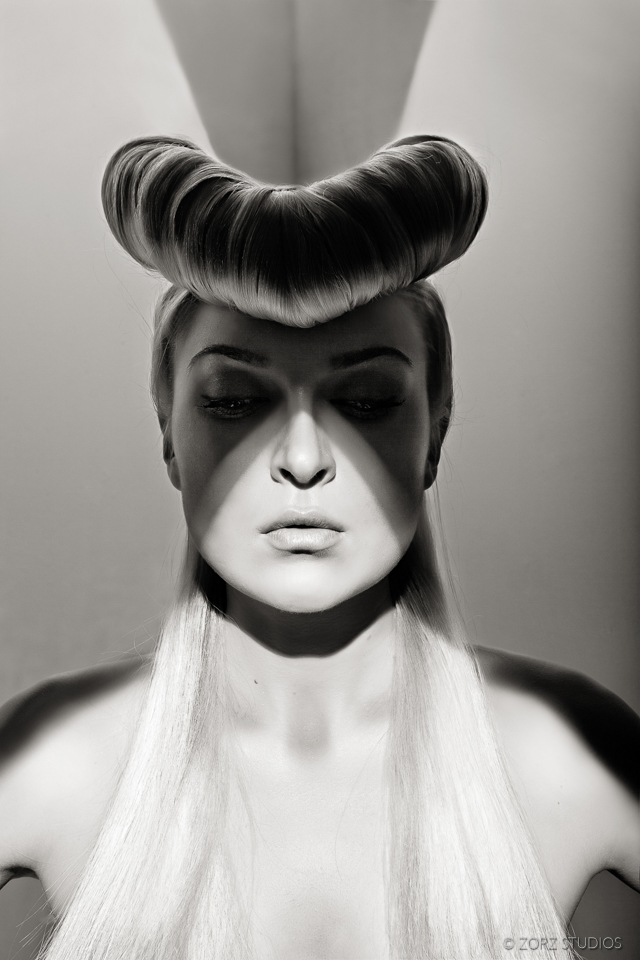

Thanks for sharing that. So, before we get any further into our conversation, can you tell our readers a bit about yourself and what you’re working on?
I’m a creative director and lead photographer of Zorz Studios, Manhattan-based boutique photography and filmmaking studio offering alluring and daring portrait, wedding, and event photography. SOme of my niches are underwater portraits and male boudoir (a.k.a. dudeoir) photography. I’m a multiple Fearless Photographer award winner, Rangefinder contest Grand-Prix winner, named among the top 50 US wedding photographers, top 10 New York wedding photographers, and winner of Adobe contests. Featured by Vogue, Cosmopolitan, Elle, Huffington Post, PopSugar, The Wall Street Journal, Rangefinder, Maxim et al. Mercedes-Benz Fashion Week photographer and a distinguished Grace Ormonde Wedding Style’s Platinum List member. Commissioned by clients from Alaska to India, he braves the New York City metro area and the world, eager to step out of his—and willing clients’—comfort zone to pursue original artwork with a lasting impression.


There is so much advice out there about all the different skills and qualities folks need to develop in order to succeed in today’s highly competitive environment and often it can feel overwhelming. So, if we had to break it down to just the three that matter most, which three skills or qualities would you focus on?
1. Understanding the power of light.
2. Business communication and ethics.
3. Tech savviness (I happen to take a program on web development and programming in the past).
As a seasoned photographer with nearly two decades of experience, I can confidently say that developing a strong foundation in understanding light, mastering business communication and ethics, and honing tech savviness are three essential pillars that can elevate any photographer’s career. Let’s break these down into actionable strategies, lessons from my personal journey, and how they all balance to enhance both the technical and artistic side of photography.
1. Understanding the Power of Light
Light is the lifeblood of photography. Mastering it is not just about exposure and technical precision; it’s about developing an intuitive sense of how light shapes stories, emotions, and compositions.
Actionable Strategies:
Study Light in Daily Life: Begin by observing how light behaves naturally, both indoors and outdoors. Pay attention to how it falls on objects, creates shadows, or enhances textures. Take note of golden hour versus harsh midday sunlight, overcast skies, and artificial lighting.
Practice Deliberately with One Light Source: If you’re starting out, work with a single light or even natural light. Practice portraits near a window or with a single off-camera flash and experiment with how the position, angle, and intensity affect your subject.
Dive Into the Old Masters: Study painters like Rembrandt and Caravaggio, who mastered chiaroscuro (light and shadow). Their compositions reveal how subtle light manipulation creates depth, mood, and dimension. This inspired me early on to use dramatic lighting and contrast in my portrait work.
Shoot in Manual Mode: To really understand light, it’s crucial to master manual exposure (ISO, aperture, shutter speed). Play with long exposures, backlighting, and silhouettes to expand your creativity.
Personal Insights:
There was a point in my journey where I focused heavily on natural light photography after being inspired by Renaissance paintings. This minimalist yet intentional approach taught me that even “bad light” is an opportunity for creativity. For example, I remember shooting an outdoor portrait in harsh sun and using a reflector and shadows from a nearby tree to create a stunning, soft effect.
Impact:
By deeply understanding light, you’ll develop control over mood and storytelling, turning what could be an average image into something arresting and memorable.
2. Business Communication and Ethics
Photography doesn’t exist in a vacuum; it’s collaborative. Whether you’re working with clients, brands, or vendors, your ability to communicate effectively and uphold strong ethics can make or break your career.
Actionable Strategies:
Develop a Clear Communication Style: Always begin with a detailed conversation before any shoot. Ask your clients questions about their vision, expectations, and goals. Repeat their vision back to them to ensure alignment.
Set Clear Contracts: Don’t rely on informal agreements. Draft and use written contracts for all jobs, outlining deliverables, timelines, payment terms, and usage rights. This protects both you and your clients.
Practice Listening Over Speaking: Early in my career, I learned that asking questions and truly understanding my client’s needs reduced friction. For example, during a wedding shoot, simply listening to the bride’s concerns about specific moments she didn’t want missed helped me deliver a deeply personal set of images.
Be Transparent with Pricing and Deliverables: Don’t shy away from talking about money, but always break down what your client is paying for. Transparency builds trust.
Prioritize Ethical Responsibility: Treat all subjects, assistants, and collaborators with respect. Always credit others who contribute to your work, and never manipulate an image or situation at the expense of truth or authenticity.
Personal Insights:
A pivotal moment came when I worked with a high-profile client early in my career. By maintaining open lines of communication and honesty—while owning up to one particular mistake—I not only salvaged the relationship but received repeat work. Polished communication saved me more than once.
Impact:
Good communication and ethics help you build a strong reputation, establish trust, and foster long-term client relationships. This industry has no shortage of skilled photographers, so your professionalism sets you apart.
3. Tech Savviness
Photography today involves far more than pressing the shutter. Technical expertise allows you to work efficiently, make creative decisions with confidence, and keep up with the rapid evolution of tools.
Actionable Strategies:
Master Your Equipment: Start by knowing your gear inside and out. Learn your camera’s functions like the back of your hand—its focusing modes, shooting settings, and limits like dynamic range or autofocus speeds. This puts the focus on creativity, not fumbling with controls during a shoot.
Learn Post-Processing: Programs like Adobe Lightroom and Photoshop are non-negotiable. Spend time understanding color grading, sharpening, non-destructive editing techniques, and workflow optimization. Early on, I dedicated a month to learning Photoshop layer masking by following tutorials, which later became essential for detailed edits.
Stay Updated with Industry Trends: Mirrorless cameras, editing software, AI tools, and online platforms like Instagram and TikTok change how we create and share imagery. Subscribe to industry blogs, take courses, or network to keep your skills relevant.
Optimize Your Workflow: Organize your files and backups. Use external drives or Cloud solutions to keep your work safe. Efficient systems mean you spend less time managing files and more time innovating.
Experiment with Tech Tools but Stay Selective: While it’s tempting to chase the latest gadgets, the best investment might be in fewer tools you truly master. I once wasted months trying to learn every drone feature, only to realize I could create better work focusing on skills like color theory instead.
Personal Insights:
Technology transformed the way I worked, but it was important to use it judiciously. For example, while learning Photoshop massively enhanced my post-processing, it wasn’t until I understood color theory and contrast from painting that my edits really began to sing.
Impact:
Being tech-savvy opens the door to efficiency, creativity, and versatility. It ensures your artistic vision isn’t hindered by technical limitations while also helping you deliver polished work that meets the high expectations of today’s clients.


What is the number one obstacle or challenge you are currently facing and what are you doing to try to resolve or overcome this challenge?
The number one challenge I’m currently facing as a seasoned photographer is the growing trend of photography being devalued due to its mainstream accessibility through consumer products and services. With the ubiquity of smartphones featuring advanced cameras and a flood of inexpensive or free editing apps, as well as a surge of amateurs and weekend photographers entering the field, the perception of photography as a professional craft has been diluted. This has significantly impacted how many clients view photography, treating it as a commodity rather than an art form or professional service.
The Shift in Perception: Photography as a Commodity
This shift stems from the idea that “everyone is a photographer now.” The ease of capturing a decent image with modern cameras makes people underestimate the expertise, creativity, and dedication required to elevate photography into something truly exceptional. Clients often compare cost rather than value, assuming that any photographer, regardless of skill or experience, can “do the job.”
As a result, potential clients frequently focus on pricing rather than the artistic or technical excellence of the photographer, and they may choose options that prioritize affordability over quality.
The commoditization of photography is further exacerbated by the influx of part-time photographers offering lower rates. While they may be talented, they often lack the experience, business acumen, and artistic vision that full-time professionals bring to the table. This influx has created intense competition, lowering market rates and making it harder for established professionals to justify their higher pricing and sustain their businesses.
Strategies to Overcome This Challenge
Educating Clients on the Value of Professional Photography:
The key to combating this perception is education. Many clients simply don’t understand what they’re paying for and lack awareness of what sets professionals apart.
Show the process, not just the result: Share behind-the-scenes content showcasing your workflow—planning, lighting design, posing, post-production. Help clients see the skill and expertise that go into delivering polished, professional results.
Offer comparison examples: Create and share visuals comparing amateur-level work with your professional output. Highlight differences in composition, storytelling, and professional post-processing.
Communicate the long-term value: Explain how professional images can elevate their personal brand, business, or special moments in ways that stand the test of time, while budget options may not.
Personal experience: I once had a client hesitant about my pricing for a corporate branding shoot. I took the time to explain how professional photography aligns with their messaging and shared case studies where quality imagery directly impacted sales and engagement. That conversation not only earned me the job but also cemented a long-term client relationship because they understood what they were investing in.
Differentiating Your Work:
When the market feels saturated, differentiation is critical to standing out and reminding clients why your work is worth the investment.
Develop and refine a unique style: Focus on creating work that feels distinctive and personal to you—whether through your use of light, composition, themes, or post-processing. Your style should be recognizable and difficult to replicate.
Highlight niche expertise: Position yourself as a specialist in a specific area of photography (e.g., fine art portraiture, commercial lifestyle imagery, high-end weddings). Clients with specific needs are more likely to pay for a specialist who offers value and consistency rather than a generalist.
Showcase consistency and quality: Amateur photographers may produce one or two good images per session, but seasoned professionals deliver consistent excellence. Use your portfolio to emphasize consistent results across a variety of scenarios or challenges.
Tell stories with your photography: Images that convey emotion and meaning will always have more impact than technically perfect but soulless photos. Develop an emotional, storytelling-driven approach to connect deeply with clients.
Personal experience: Creating a cohesive signature look has been a cornerstone of my career. I invested time in studying classic painters and incorporating their use of light and shadow into my work. As a result, many clients now seek me out specifically for that refined, timeless aesthetic, even in a crowded market.
Maintaining Artistic Integrity While Staying Competitive:
It’s tempting to lower your rates to compete with lower-priced photographers, but this strategy is unsustainable and erodes the perceived value of your work. Instead, maintain artistic integrity while emphasizing the premium nature of your offerings:
Position yourself as a luxury service, not just a product: Highlight the exclusivity, personalized experience, and expertise that come with hiring you.
Bundle value-added services: Offer more comprehensive services tied to your expertise, e.g., brand consultations for commercial shoots, bespoke photo albums for weddings, or curated fine art prints. Demonstrating that you offer more than just “photos” reinforces the perception of quality.
Communicate quality over quantity: Showcase your ability to craft artistic, high-impact images that far outweigh the sheer volume of images often delivered by less-experienced photographers.
Personal experience: I had a wedding client struggling to justify my pricing until I presented them with a thoughtfully curated physical album from a previous project. The fine craftsmanship and timeless style of the images helped them recognize the lasting value of investing in me as their photographer, and they hired me on the spot.
Contact Info:
- Website: https://zorzstudios.com
- Instagram: https://instagram.com/zorzstudios
- Facebook: https://www.facebook.com/ZorzStudios
- Linkedin: https://www.linkedin.com/company/zorz-studios
- Twitter: https://twitter.com/ZorzStudios
- Youtube: https://www.youtube.com/user/ZorzStudios
- Yelp: http://www.yelp.com/biz/zorz-studios-new-york
- Other: http://pinterest.com/zorzstudios

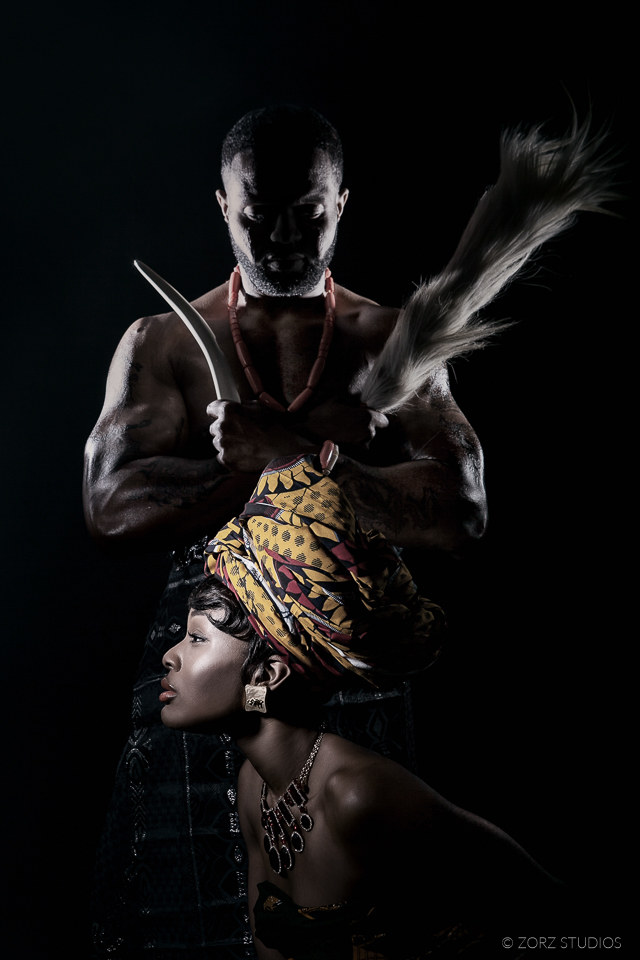
Image Credits
Zorz Studios
so if you or someone you know deserves recognition please let us know here.

